The Article
LITTLE SUPER DECK FROM FUNK FIRM + FX3
24th August 2018
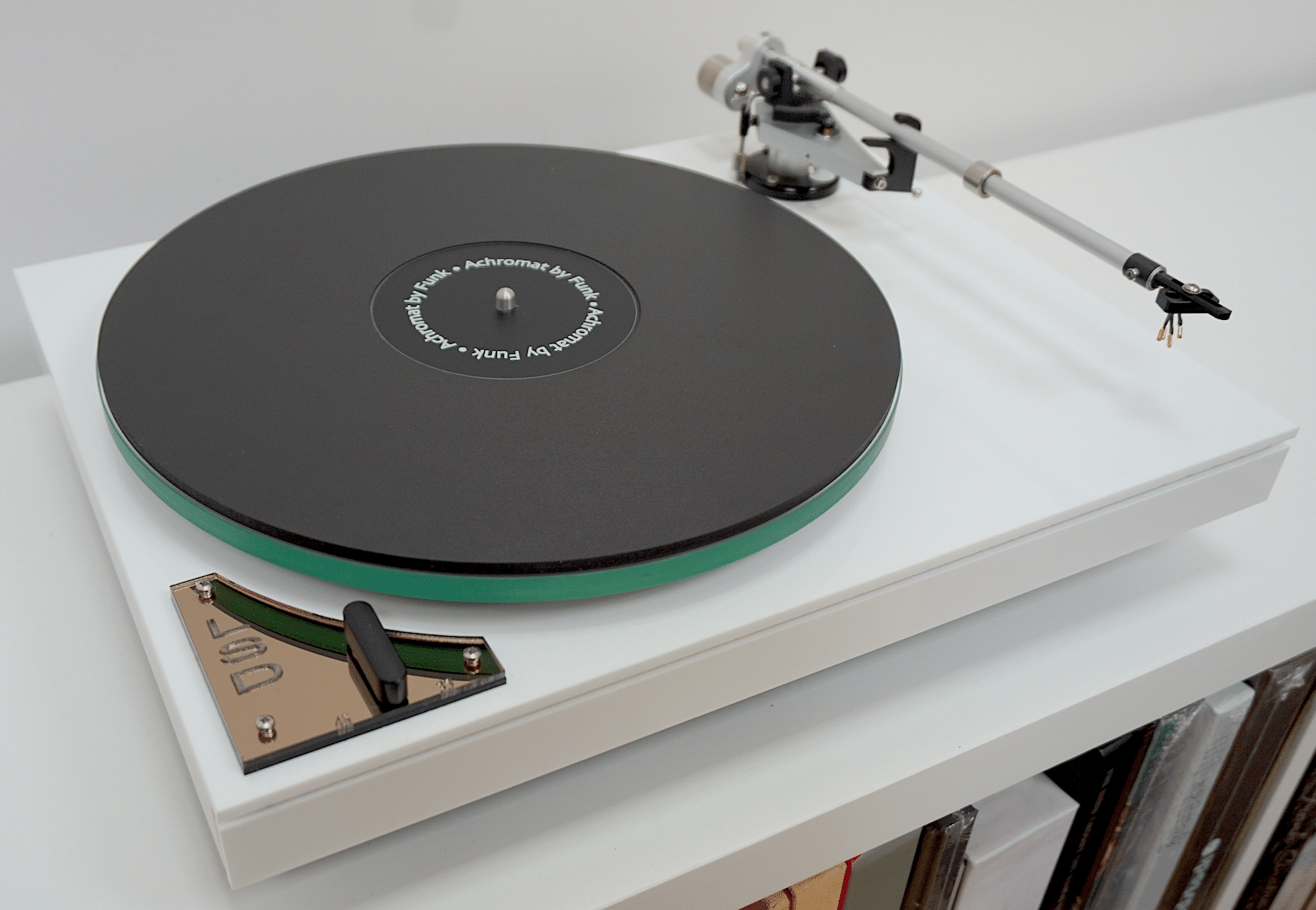
Looking towards a midrange turntable? One industry secret is this intriguing model, the Little Super Deck. Paul Rigby reviews that very design but with an upgraded tonearm, the FX3
He was and is one of the most important turntable and tonearm designers in the industry. A man replete with unique and important ideas that, frankly, do not get the attention that they deserve. Arthur Khoubesserian has a habit of flying under just about any industry radar you care to mention yet this is the guy who was the design brains behind the legendary Pink Triangle hi-fi brand. Now running The Funk Firm, his yen for ploughing his own design path and defying convention remains strong.
After unpacking and installing his Little Super Deck (or the LSD for short, psychedelic fans) along with the FX3 arm, I wanted to know more, so discussed the design directions with Khoubesserian himself.
First up is the metallic sub platter that sits underneath a glass platter which, in this case, is covered with a Funk Firm Achromat, “Millions of tiny bubbles within create complex pathways and that’s where the energy gets lost as heat. In this way, in a virtual sense, Achromat acts like a considerably thicker mat,” said Khoubesserian.
The belt fits around the sub-platter and the adjacent pulley – nothing odd there, of course – but that belt also runs around two additional, unpowered as it where, free-spinning pulleys, “A bearing needs to turn in a well and, for it to turn, there has to be a gap,” said Khoubesserian. “We are retrieving information that is less that 0.5 microns. Many top quality air bearing turntable manufacturers quote a gap of 5 microns, others are around 25 microns. What happens is that the belt pulls the platter towards it by tiny amounts which, as the platter rotates, causes a micro-wobble. With three pulleys, you are spreading the load around the platter instead the single pulley yanking the platter in one direction only. That minimises the wobble.”
The 7kg plinth for the Little Super Deck is constructed of a multi-layer MDF sandwich with a glossy skin. It’s heavy to reduce resonance. The turntable is powered by a cheap wall wart switch mode power supply. Khoubesserian said that if the turntable relies on a power supply then the turntable hasn’t been designed very well. That said, you can upgrade this unit to the Smoothy (£350), from Funk Firm.
Front left is a power switch/2-speed changer connected to the internal DC motor, which corrects the motor very gently, “The platter is stroked up to speed.” The glass platter is included because of price but the Achromat is there to remove any issues. I also added Funk’s Bo!ng feet to the Little Super Deck which replace the standard feet, adding springs and damping foam inside the foot chassis.
FX3 TONEARM
The F5 tonearm normally arrives with this turntable but I wanted to upgrade that to a FX3 during the test. A minimal, stripped looking tonearm, the FX3 is designed to be rigid, “If the tonearm moves it causes the stylus to move and buggers everything up. So it has to be well behaved,” said Khoubesserian. Damping is a no-no because that absorbs energy and then lets it out later which then smears information. The FX3 rejects damping, therefore, “People have designed arms in the wrong way. You need arms that are inherently rigid. Yes, other arms or torsionally rigid but the stylus is also pumping energy down the arm beam that is longitudinal, which is setting the arm off. That direction is too often ignored.”
The FX3 looks at both directions, therefore, adding an internal strengther. In this case, its a sort of cross beam that looks like a ‘+’ sign if viewed head on. “You also don’t want too much mass because too much can’t be controlled. I use a thin-walled tube made from aircraft-specification aluminium. A high spec material with high rigidity.”
A rear-mounted weight sits at the rear of the tonearm to balance it out but the tonearm features a collar that physically moves up and down the length of the tube to alter actual tracking force. The tonearm features a numbered gauge to provide guidance in this respect. Not unique but a little-used implementation that works well. “It helps too because it increases the mass with moving coil cartridges as you move the collar further up the tube, a useful feature. Its very presence will also control any resonances that the arm has.”
The rear-mounted weight is shaped with a lot of the weight hanging low, as it where. And here, Khoubesserian offered a tip that he doesn’t often talk about, “Used to its limit, the weight allows lateral dynamic compensation. Looking from the front of the arm, tilt the weight a bit to the left and experiment… If you draw line between the stylus and the arm pivots, you can have more weight on one side than the other. Twisting the counter-weight in the opposite direction will make the arm dynamically balanced.”
The headshell…isn’t. The energy is entering the arm tube from there so Khoubesserian wanted as little energy around this area as possible, “What do you need a headshell for? The cartridge is built as small as possible, why put a resonant lump around it? You don’t want a bell there, for goodness sake. You’ve done all of his work on the arm, why put this great big balloon at the end? No thank you.”
A pivot-type anti-skate has been chosen because Khoubesserian finds that style the most accurate.
The bearing itself on the arm is a stainless steel ball race-style. It’s a simple affair because Khoubesserian sees this area as unimportant. He believes that the arm bearing generally holds too much attention in the industry and that its affects on sound quality are over-rated. So he treats the arm bearing with minor contempt, “I hold no store in tonearm bearings, platter bearings yes, tonearm bearings no.” said Khoubesserian. “I’m waiting for someone to demonstrate to me the relevance of arm bearings. In 40 years, I’m still waiting. They are all engineering solutions to get the same result. The tonearm tube is where it’s all at.”
At the rear of the tonearm, I was supplied with basic cables but you can upgrade to Gekko cables if you wish (price below). The basic cables supplied to me were supplied on purpose, to allow the focus to be wholly on the turntable without the cables affecting the final sound in any way.
SOUND QUALITY
I initially wanted to test the Little Super Deck backed by known factors, familiar ancillaries to provide a reference, of sorts. Hence, I added the SME V arm plus a Goldring 1042 cartridge and played David Bowie’s Breaking Glass from Low and was delighted with the balanced overall sound from the turntable. I was relieved to hear no thuggish frequencies, everything was behaving. There were no midrange smears, no pinched treble or bass bloom. This was a soundstage that knew its place and performed with proper due care and attention. If the basics are not covered, then you might as well walk away at this point. The LSD passed this test easily.
I loved how the LSD interpreted the percussion on this track. The drums are gated and so have little or no reverb tails, each strike has a sudden stop giving the track its own personality. Some turntables have no idea how to deliver this type of sound, giving a smudgy messy and disorganised performance but the LSD was the epitome of calm, breaking down the frequencies into ordered pieces. The gated strikes were nicely cleaned and ordered by the LSD while offering enough impact at the end of the strike to provide a forward motion for the song. There was plenty of focus here but that focus was never accentuated, the bass remained large and retained its mass. That is, the bass offered focus but never sounded castrated.
Bass guitar, which sits on exactly the same place as the drums, smack dab in the centre of the stereo image, can sometimes be swamped by the drums but not here. The guitar flowed unimpeded throughout the track, providing a beautiful clarity but also allowing the bass guitar player’s string plucks to be heard easily, giving this instrument character.
Bowie’s voice was triple tracked on this song. Each vocal track was separated enough by the LSD to provide necessary information but it also allowed you to sit back and enjoy the overall harmony effect. Meanwhile, the cymbal strikes of the left channel provided a treated pulsing effect but retained enough metallic sheen to retain its original character.
All in all then, a great start while turned to the second part of the test. I did retain the Little Super Deck and the cartridge but changed the vinyl to Don Cornell and Heart of My Heart, a sort of honky tonk pop outing. I also swapped the arm, removing the SME V and adding Funk Firm’s own FX3 arm instead to see how this might affect the sound quality.
The FX3 also offered a balanced output but what it added was air, space and a measure of extra dynamic reach.
The drum strikes were focused yet larger while the impact was just as forceful but there seemed to be more of it while the effect of each dry, gated strike was more immediate and urgent.
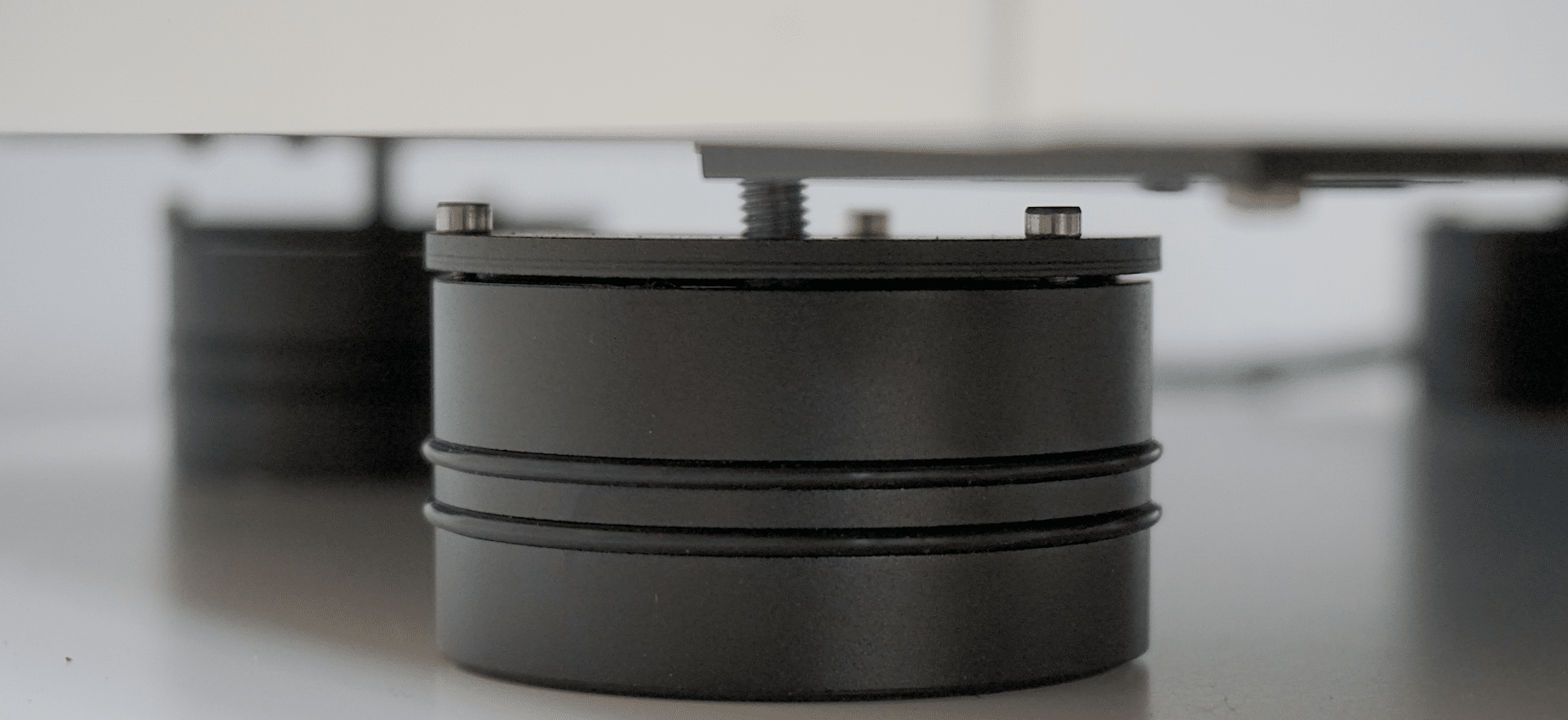
The increase in air added to Bowie’s performance. When I say that word I mean he seemed to express himself fully and added layers of emotion to his delivery. The words he used seemed to carry more of message with new subtleties revealing greater emphasis here and less stress on certain words there.
The overall soundstage appeared to display a new transparency too. The rear of the mix featured a rhythm guitar which was strummed on a regular yet gentle manner to provide a drone-like effect. With the FX3 in place, that drone offered a more significant image, becoming a feature in the mix but without any of the normal EQ cheats, such as compression, to trigger the effect. The FX3 seemed to pick out this sort of shy detail naturally, placing them carefully in the soundstage in a graphic manner.
CONCLUSION
The Little Super Deck, as an entity on its own, is a superb platform to play vinyl. It removes any sense of colour and allows the music to reach your ears in an even-handed and considered manner. It has a steady poise while keeping all frequencies under control. Given the correct ancillaries to perform with, though, it merely enhances what’s already there. While the SME V is a classic arm in its own right, the performance of the FX3 moved the LSD a few rungs up the sonic ladder, allowing the LSD to move further again in terms of performance.
The LSD, in music terms, takes you ‘higher’ in terms of sonic performance. The only psychotic episode you’ll have with this deck will involve the new frequency colours it will introduce to your audiophile consciousness. The only sensory stimulation you will…Ok, I’ll stop now.
FUNK FIRM LITTLE SUPER DECK
Prices:
Little Super Deck & F5 tonearm: £1,690 (Wood finish)
Little Super Deck & FX3 tonearm: £2,800
External Gekko Cabling for FX3: £560
Full Gekko cabling: £780
Bo!ng Feet (For Rega – 3 Feet): £112
Achromat (5mm): £70
Tel: 07846 798367
Website: thefunkfirm.co.uk
TO BUY CLICK BELOW:
GOOD: midrange insight, organic bass, emotive performance, set-up options
BAD: nothing
RATING: 9
[Don’t forget to check out my Facebook Group, The Audiophile Man: Hi-Fi & Music here: www.facebook.com/groups/theaudiophileman for exclusive postings, exclusive editorial and more!]
REFERENCE
Icon PS3 phono amplifier
Aesthetix Calypso pre-amp
Icon Audio MB845 Mk.II monoblock amplifiers
Quad ESL-57 speakers with One Thing upgrade
Vertex AQ, Gekko & Tellurium Q cable
Blue Horizon Professional Rack System
Harmonic Resolution Systems Noise Reduction Components
All vinyl was cleaned using an Audio Desk’s Ultrasonic Pro Vinyl Cleaner

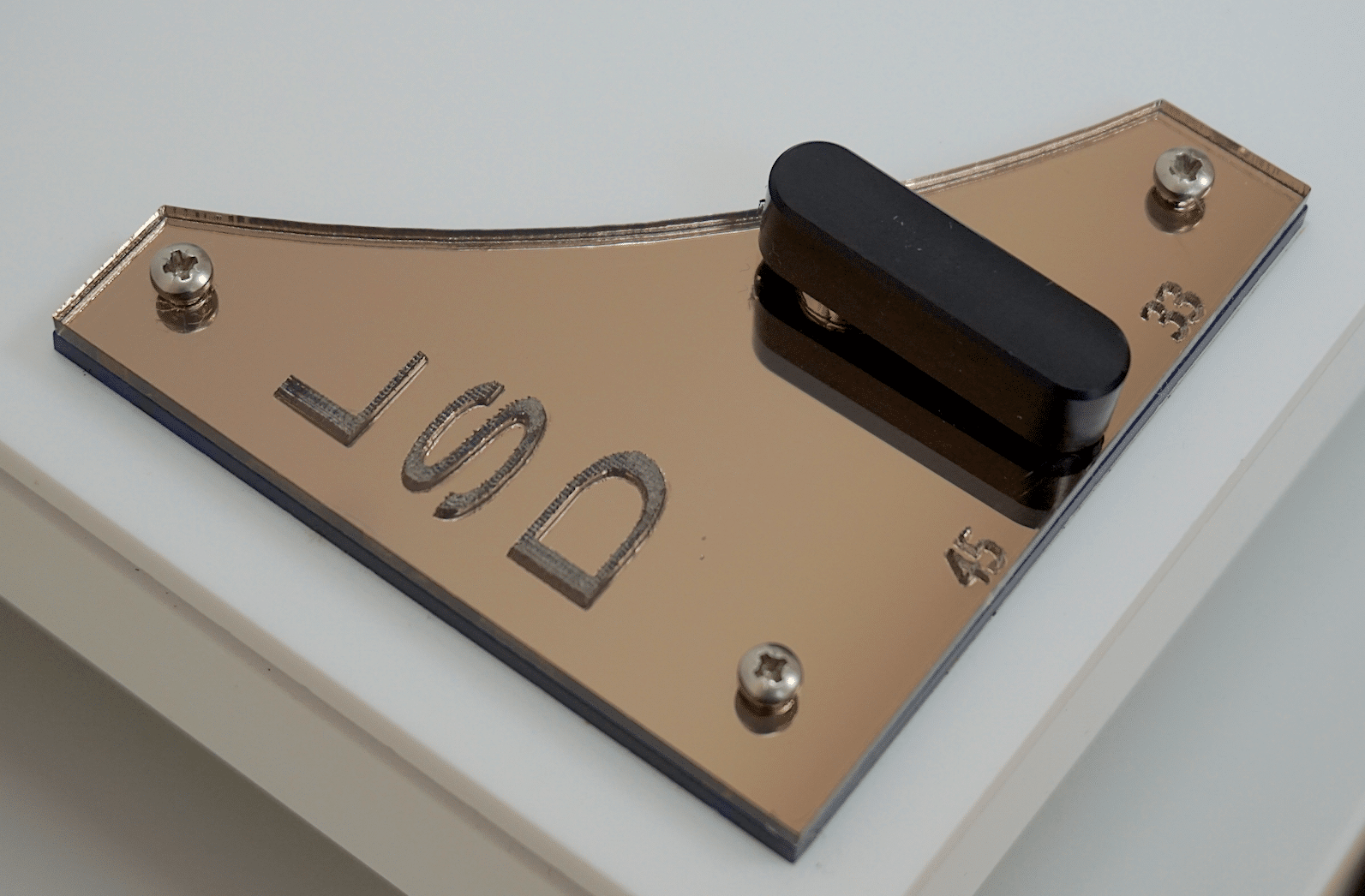
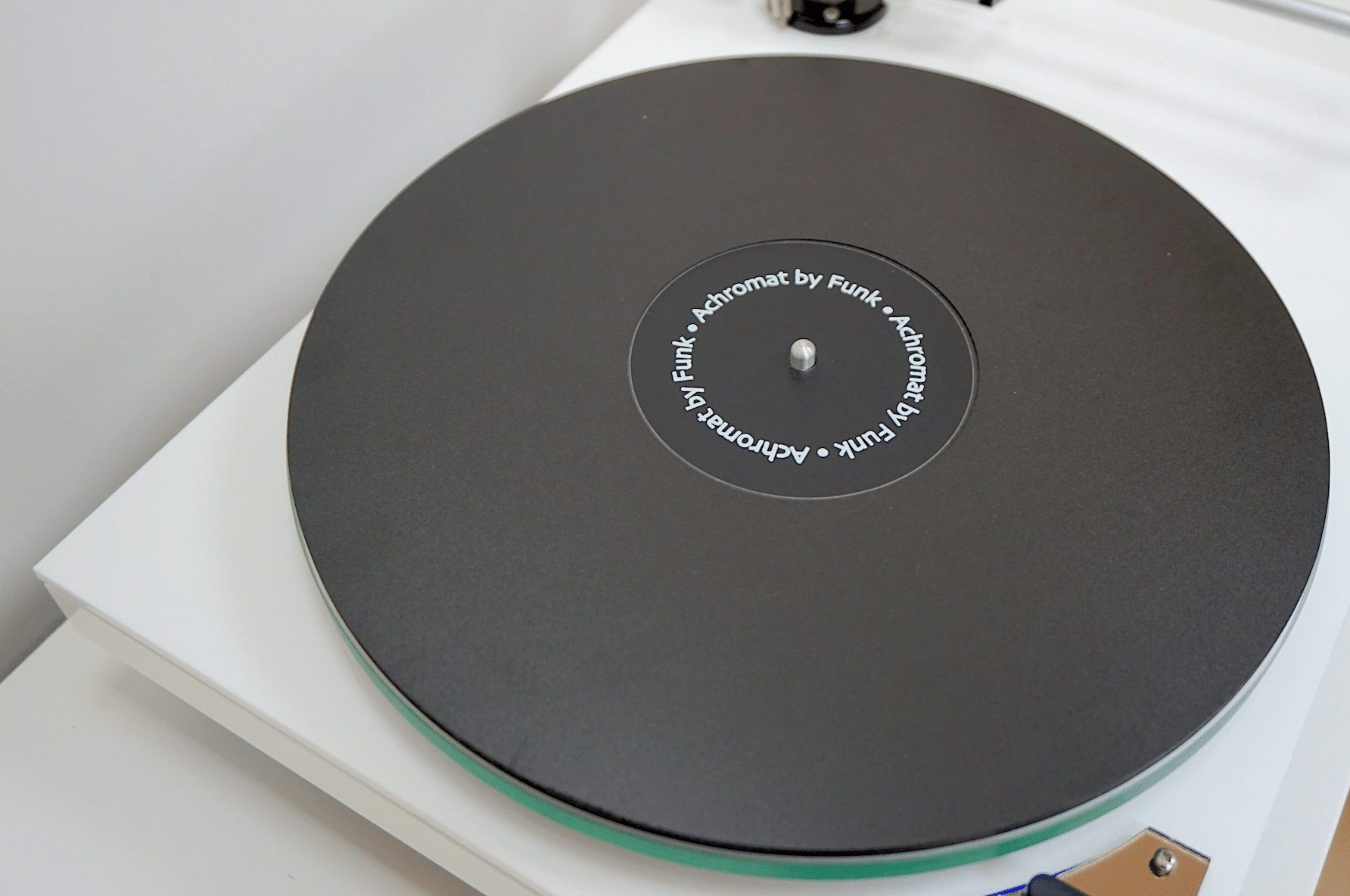
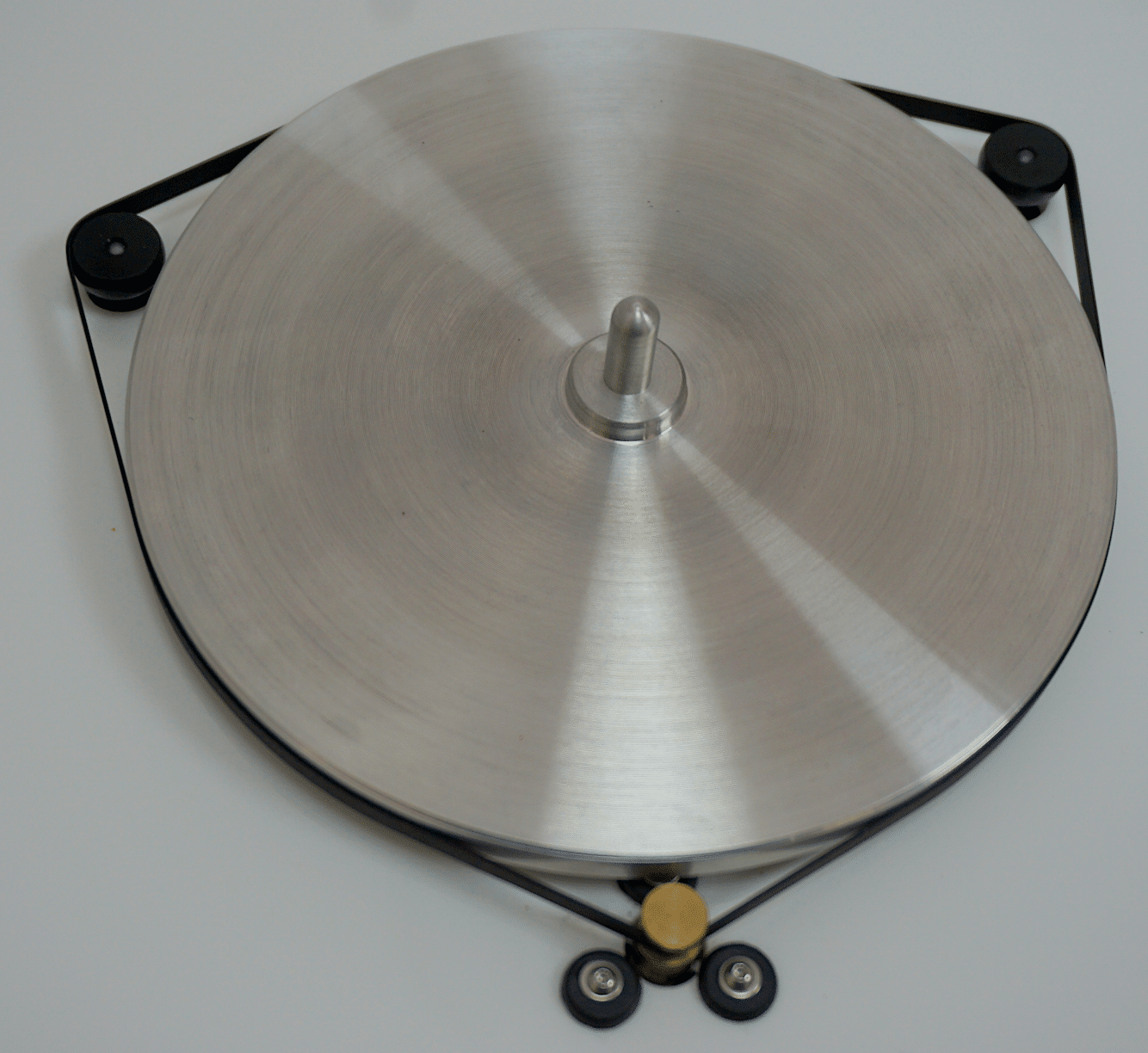
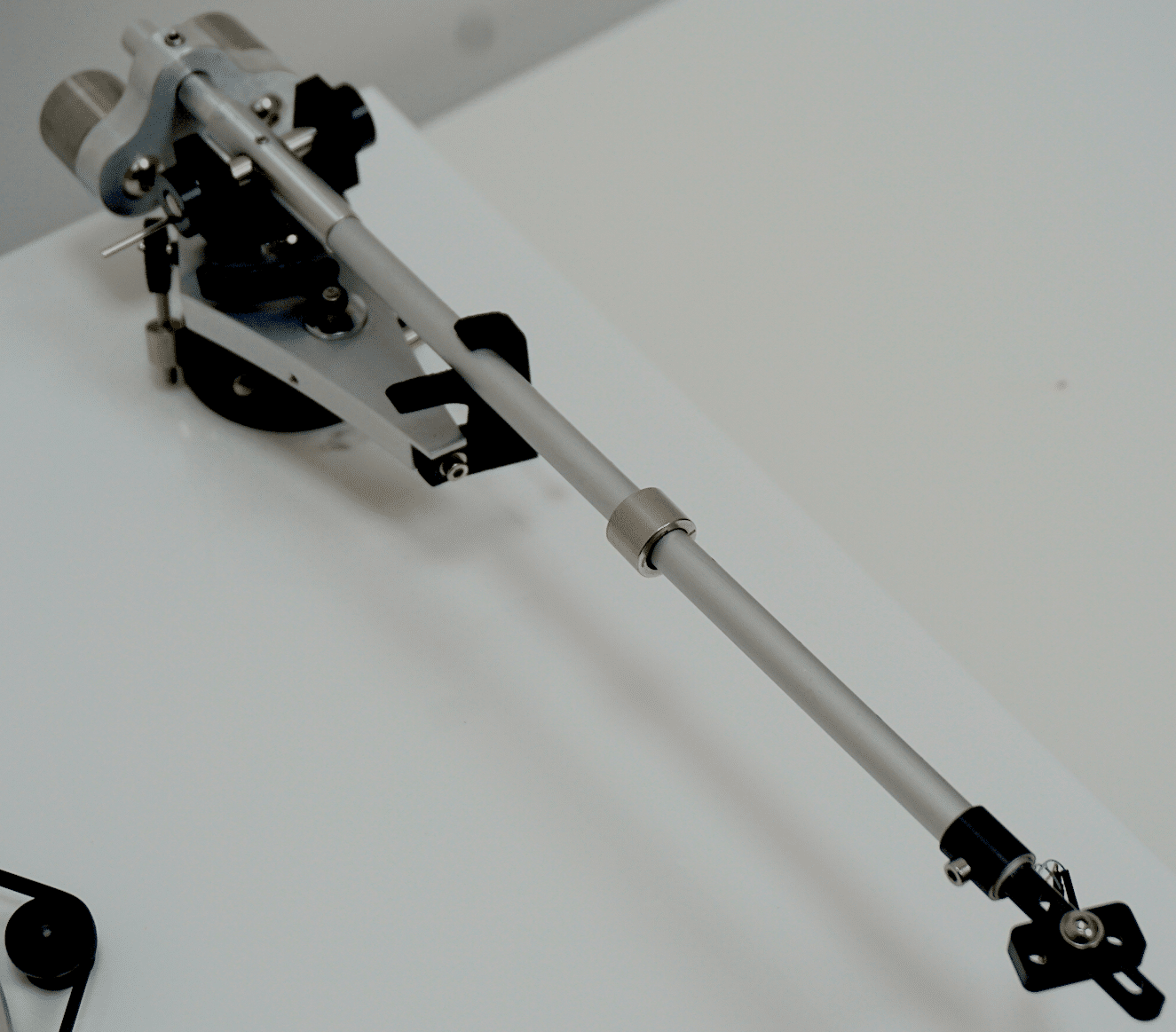

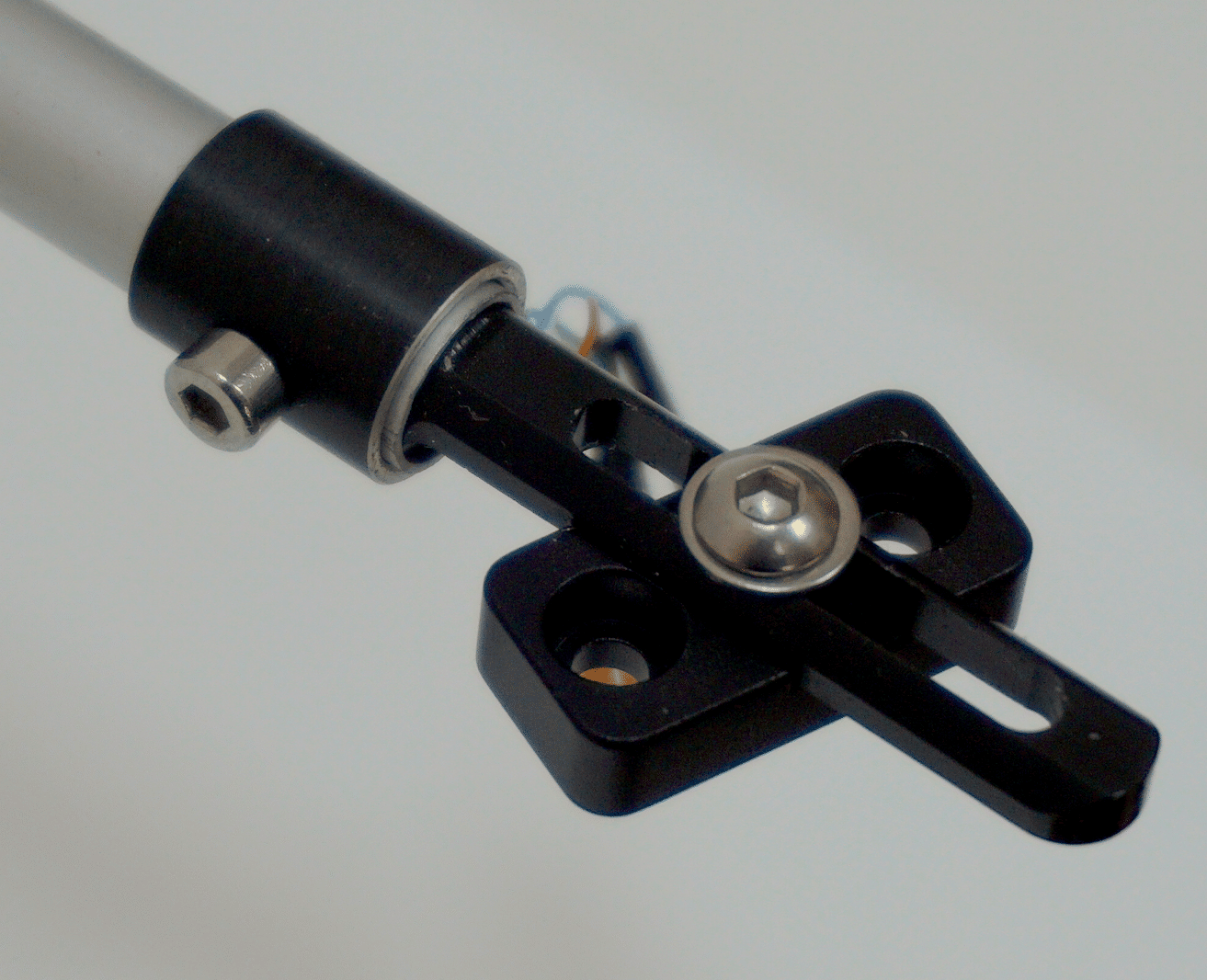
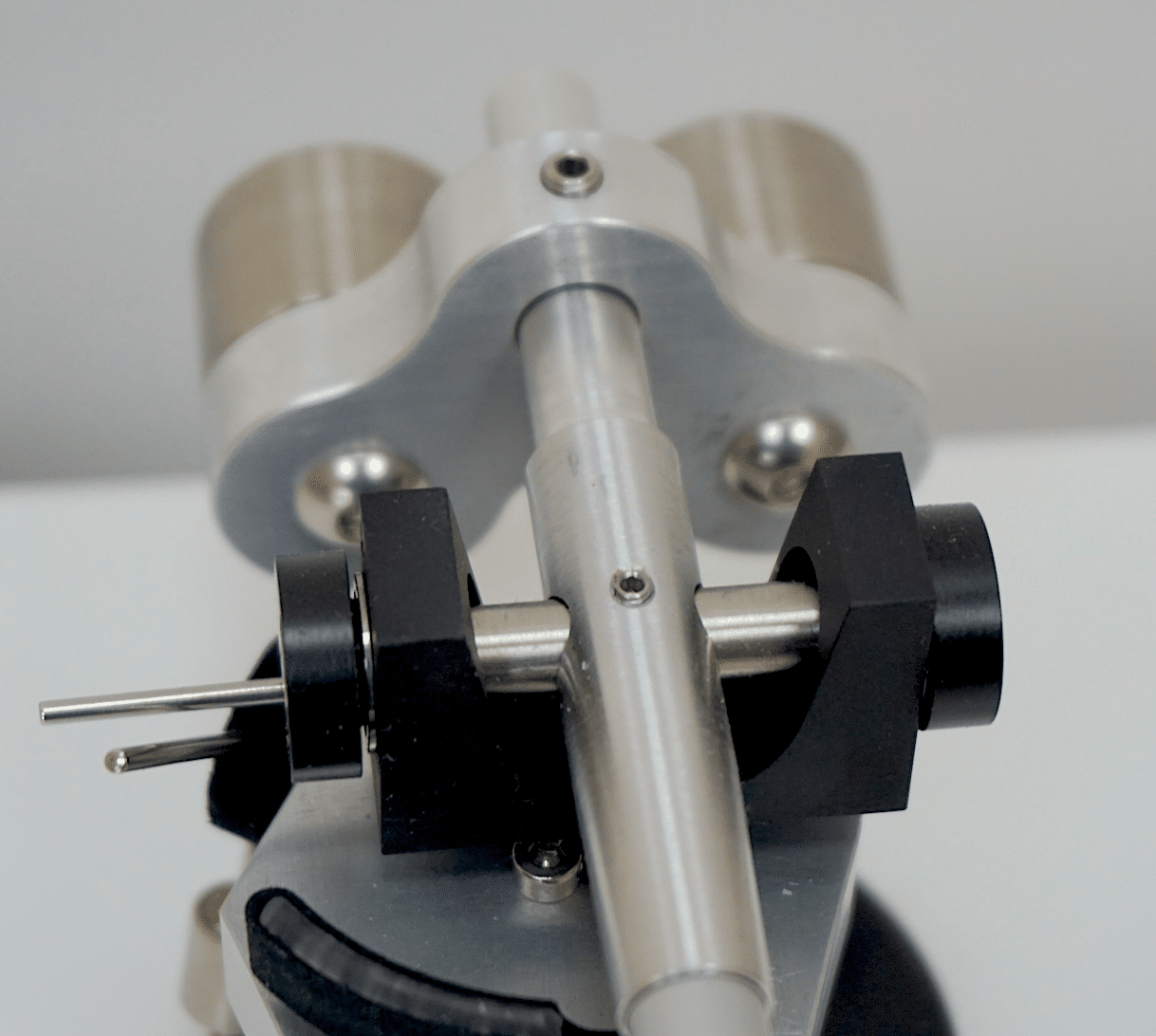
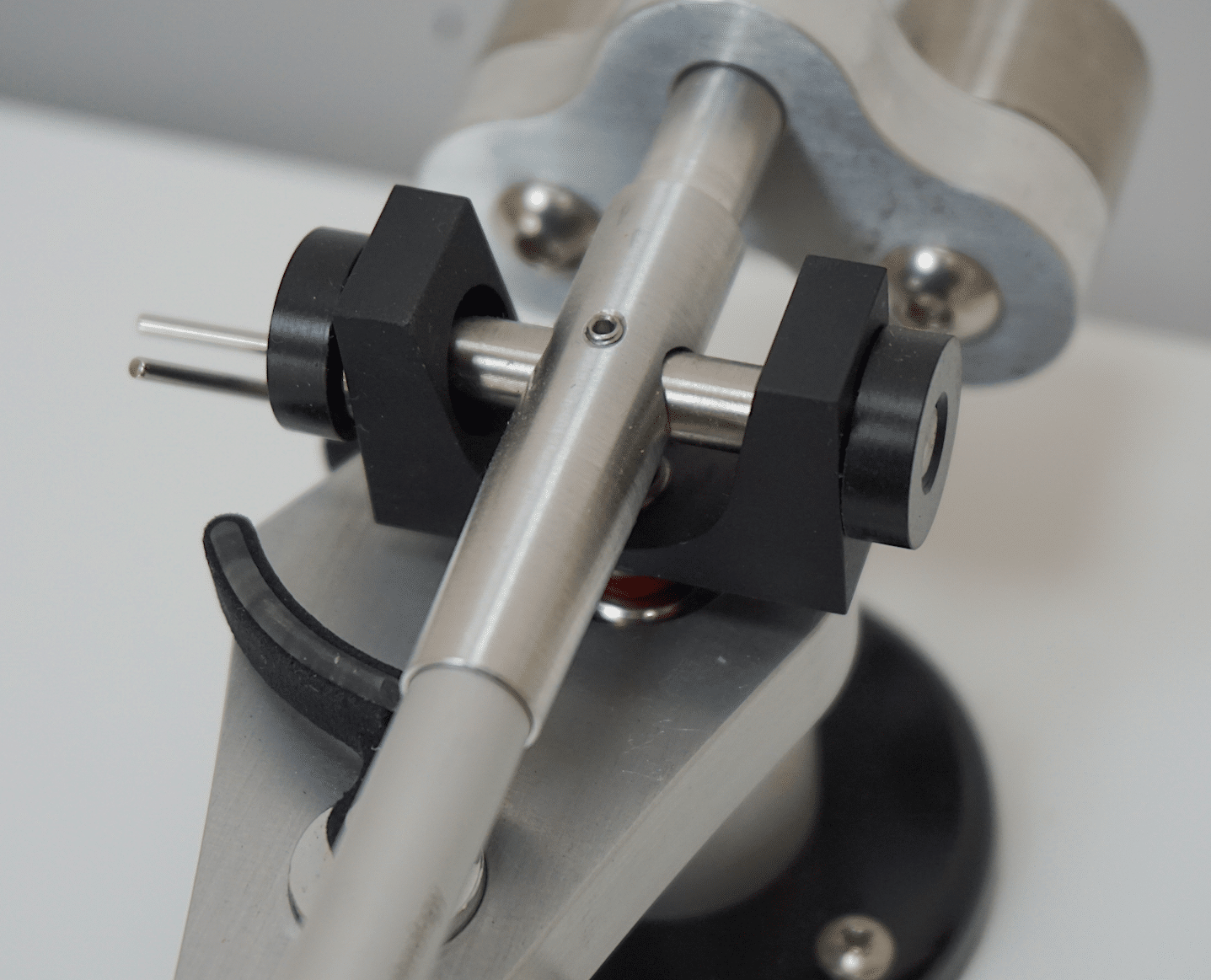
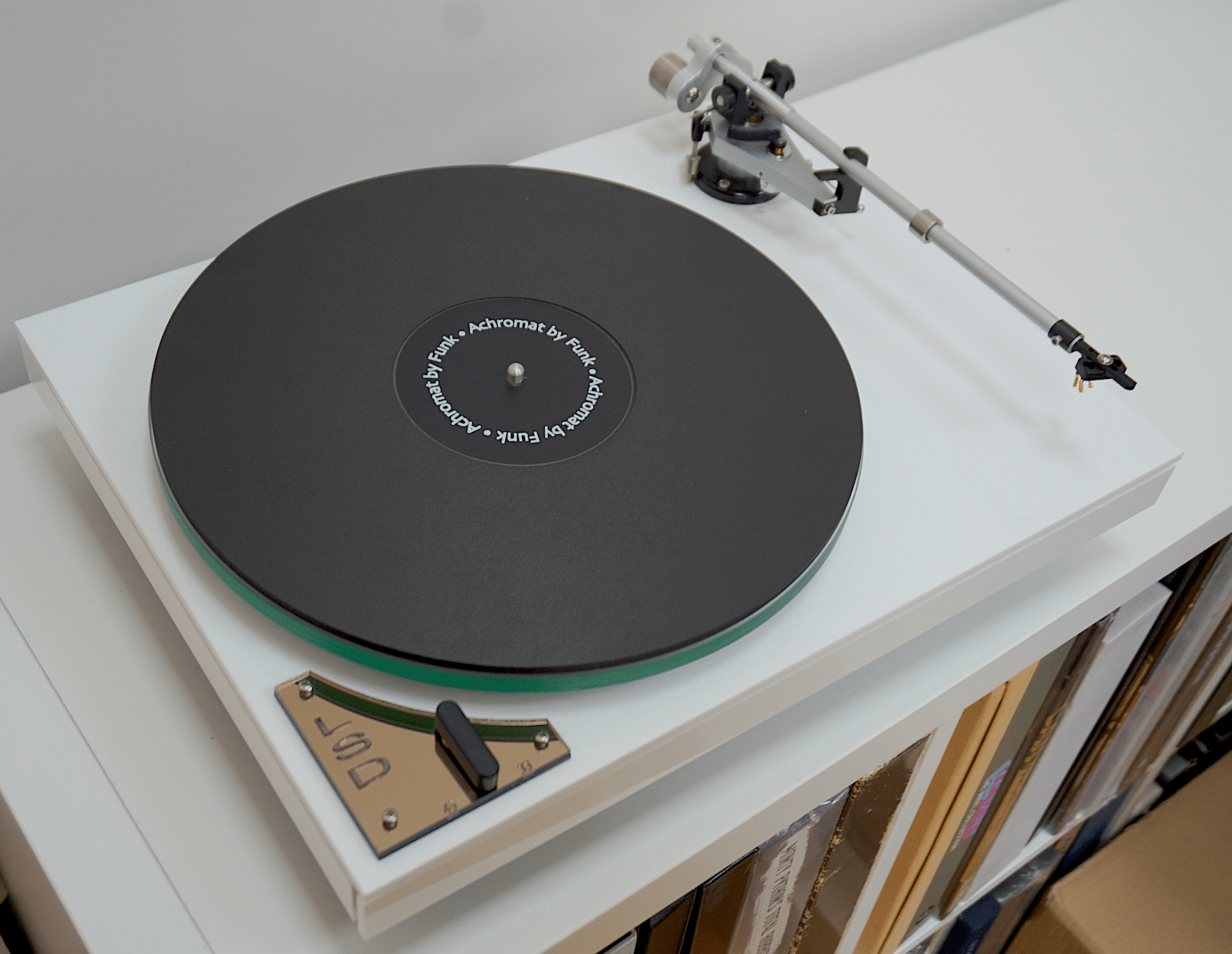


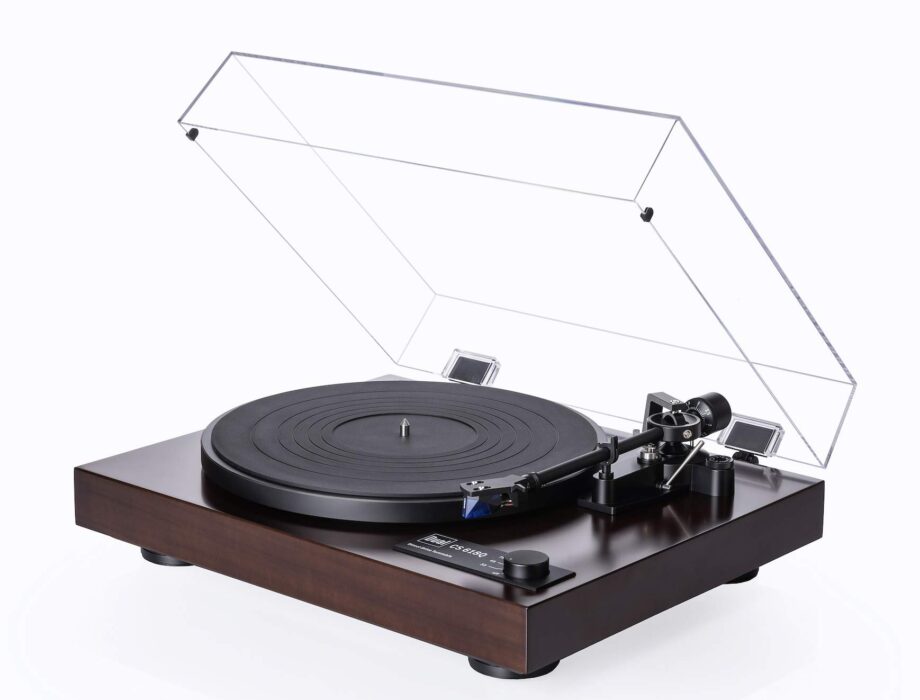
Interesting review of the LSD. Thanks.
What was the Cartridges you listenend to?
Or did I overread this?
Also: Whats the Achromat? Sorry, my English is good, but obviousely not that… üòÄ
Regards, Christian
Munich
Hi Christian – you’re right, the cart and mat information is in thew review but just to let you know that I used the Goldring 1042 mainly but briefly the Benz Micro Ace too.
Here is the quote re the mat: First up is the metallic sub platter that sits underneath a glass platter which, in this case, is covered with a Funk Firm Achromat, “Millions of tiny bubbles within create complex pathways and that’s where the energy gets lost as heat. In this way, in a virtual sense, Achromat acts like a considerably thicker mat,” said Khoubesserian.
Hello,
Another stunning review. I would buy one based on your review alone. If only i could afford it. Not a perfect ten because…
Best regards
Thanks Geoff – not a perfect 10 because I give that rating to products that change how we see hifi or the music it produces or it pushes new boundaries or we utilise hifi differently because of the product. That kinda thing.
I don’t like this “ala cart” trend.
Would like to know how it responded with the arm it comes with. Did you try it that way ?
Most folks will likely buy it that way….
Thanks for the question Mr David. The F5 is a serious design and is a good match with the LSD turntable, you should have no qualms using it with the LSD. It offers excellent value for money.
Hello, Could you please compare the sound and performance of the gett with the lsd, since you have reviewed both?. Thank you, marti
In short? The Gett! is excellent, the LSD is better.
Just purchased a LSD in white to go with an OriginLive Discovery 1 phono stage, Many thanks for your recmendation of both these products. Quite the magic combination and literally the best turntable setup I’ve ever owned.
Bit late to read this review and much will have changed. LSD = Little Super Deck (I like it), but it also = Pounds, Shillings and Pence, although you won’t remember that. Showing my age there. D-Day was in January 1971. Huge non-event because the maths was suddenly very much easier.